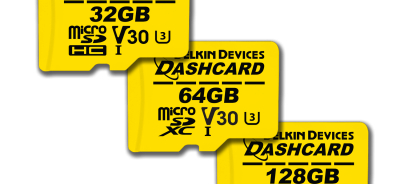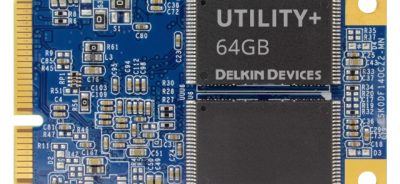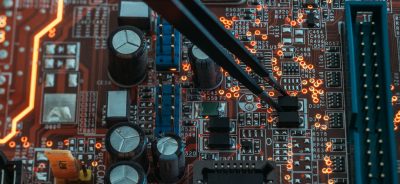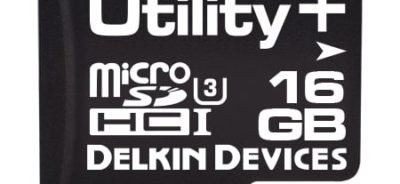A Look at Networking Applications Embedded Systems
In today’s world, devices seldom exist in a vacuum. Instead, they are interconnected via vast, complex networks. With embedded systems, this means not only performing a single task within a device, but also having the capacity to connect and communicate with other systems and devices. Typically, this involves using a BUS or Ethernet connection via embedded networking protocols like CAN, I2C, serial BUS connections, sensor, and Component. Understanding both embedded systems and networking applications will help you get the most out of your devices. Here is what you need to know about networking applications embedded systems.
Embedded System Basics
Embedded systems are essentially mini computing systems that are designed to perform a single task within a larger system. There are nearly endless kinds of embedded systems, from components in stoplights on roadways to entertainment systems on airplanes. Home automation systems, mobile phones, and automation devices used in manufacturing all rely on embedded systems. When embedded systems are used, designers have to consider everything from the size of the system to how much power it requires.
Networking System Basics
A networking system consists of the connections between devices that communicate with each other in order to perform tasks. A common network that people encounter is the network between computers and a printer in a home or office. However, networks can be much larger and much more complex. The trend is for large networks to be created linking multiple devices. Consider, for example, a smart home system. Many different devices may be connected via a network to help manage different functions within the home, from security to heating and cooling.
Networking Applications in Embedded Systems
Networking applications help to elevate the use of embedded systems and make them more efficient. Because networking facilitates communication between systems, embedded systems no longer are limited to performing a single task within a single device, but rather can work with different devices. This allows users to get more use out of their embedded systems.
The networks used with embedded systems impact the kinds of connectivity that are possible. BUS can connect different network devices and also allows for large amounts of data to be transferred. Ethernet networks work with TCP/IP protocols.
Networking applications embedded systems can be complex, but the team at Delkin is ready to help. Explain your needs to our team, and we will help you find the right embedded storage system to work with your network. Contact us today for more information.
ORDER DELKIN INDUSTRIAL FLASH STORAGE TODAY through our distribution partner Newark.
For Europe Contact Our Partner Farnell
 Login
Login Register
Register













